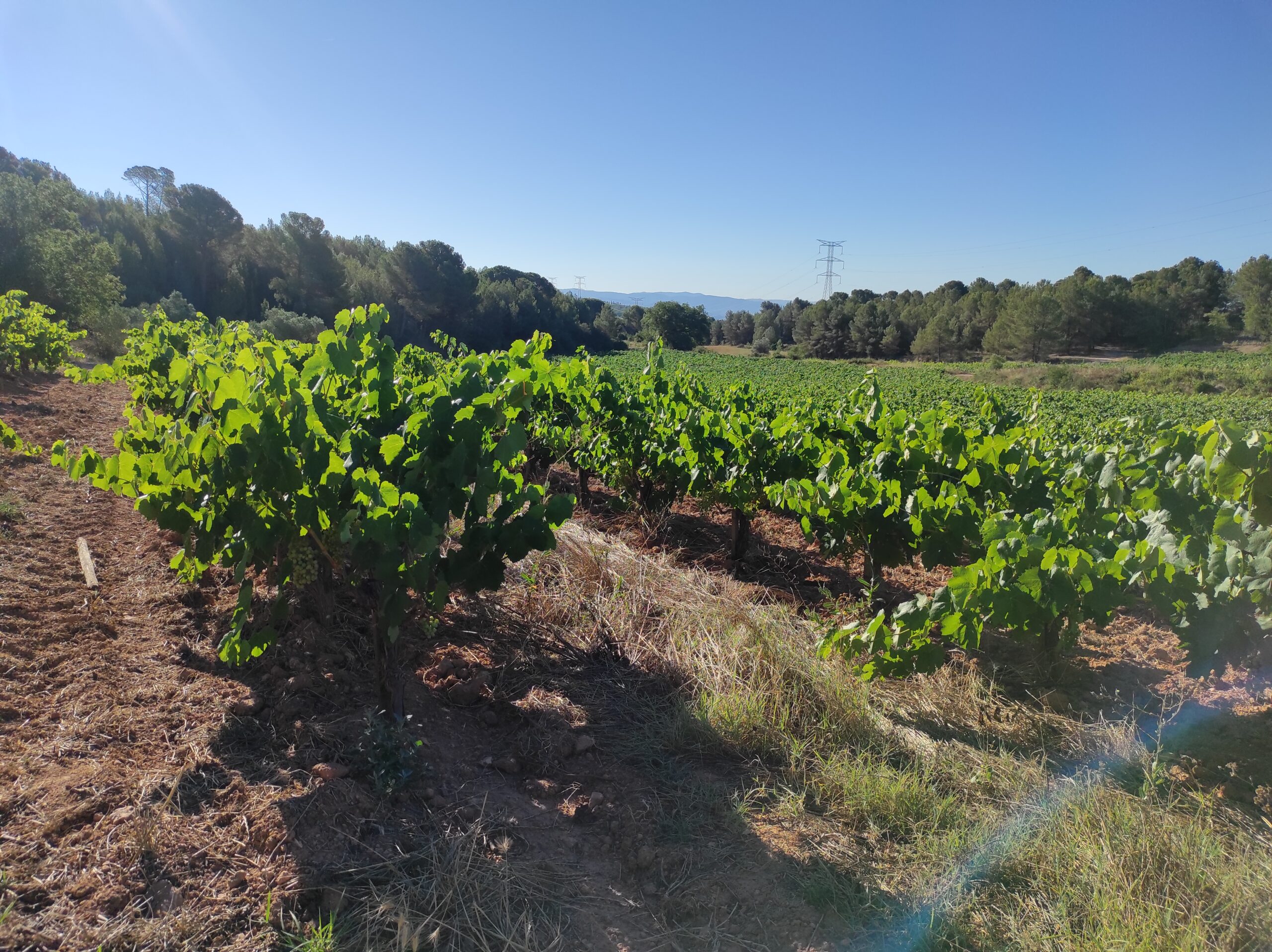Inter-row vegetation cover in vineyards
The use of vegetation cover is increasing due to its potential contribution avoiding erosion, regenerating soil biodiversity, or providing agroecosystems services and functions such as weed control and pest and disease regulation.
Within the TRANSITION project framework, inter-row vegetation cover in vineyards is interesting as an agroforestry model combining herbaceous plants with woody ones to improve soil health (e.g., organic matter, fertility, biodiversity), and to reduce wind and water runoff erosion (e.g., splash, sheet, rill).
In the vineyards of the group in Spain, farmers use this technique of inter-row management both with spontaneous vegetation or sowing different cover crop mixtures such as oat (Avena sativa), common vetch (Vicia sativa), and common sainfoin (Onobrychis viciifolia). In most cases farmers alternate vegetated and no-vegetated inter-rows to facilitate field interventions.
Vegetation cover favours soil physical properties and chemical fertility as well as organic matter content and biological activity and contributes to carbon sequestration (Garcia et al., 2018).
However, it is important to make local-based management decisions.
REFERENCES:
Garcia L., Celette F., Gary C., Ripoche A., Valdés-Gómez H., et al. (2018). Management of service crops for the provision of ecosystem services in vineyards: A review. Agriculture, Ecosystem & Environment, 251: 158-170.





